Aluminum Wire Corrections
Now and then we come across homes or condos that have single strand aluminum wire. Aluminum wire was installed in the 1960s and 1970s in many homes. Many of these homes need repairs for safety. The problem with aluminum wire is the risk of fire when the wire at the connections becomes loose from heat expansion and contraction, which can cause an arc, leading to fire. There have been several methods of repair developed over the years for correction. Opinions may vary but the information below is what we were able to find in our research.
The Copalum and AlumiConn repair method noted below are the only repair methods for aluminum connections recommended by US Product Safety Commission (CPSC). However, they do not have jurisdiction to prevent the other listed method from being used.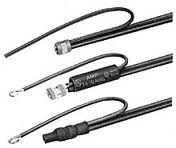
- COPALUM crimp: The COPALUM crimp is considered one of the safer methods of correcting aluminum wire connections. However, it is likely that most electricians will recommend an alternative method due the high cost of the COPALUM. Many residential electricians have not obtained the certification required by the manufacture to use it. This significantly impacts the cost of installation.
- AlumiConn lug connectors: These connectors are relatively
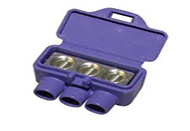 new (2006). They were UL listed in 2007. “It is predicted that they have high probability of failure-free long term safe performance, provided that the setscrews are carefully tightened to the manufacturer’s recommendation.” If the COPALUM crimp is unavailable or unaffordable, it appears that this method would be the best alternative.
new (2006). They were UL listed in 2007. “It is predicted that they have high probability of failure-free long term safe performance, provided that the setscrews are carefully tightened to the manufacturer’s recommendation.” If the COPALUM crimp is unavailable or unaffordable, it appears that this method would be the best alternative.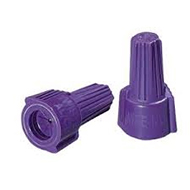
- There is one UL listed wire nut/twister (Ideal #65). It is a repair method many electricians have used over the years, but due to its failure rate in some tests, it is not considered as good as the above mentioned methods. (Opinions vary regarding the quality of the testing methods).
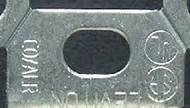

- There are COALR, CU-AL, or CO/ALR outlets and switches also available but are probably the least recommended repair of those so far mentioned.
- Another method we have observed used by electricians is an Arc-Fault Circuit Interrupter
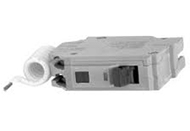 breakers (AFCI). Not to be confused with a GFCI. These breakers have been required in bedroom circuits since about 1999. They are designed to protect against fires caused by arcing faults in the home electrical wiring. When an arc occurs, the breaker trips. This is the hazards aluminum wire poses. We have heard mixed opinions from electricians. It would stand to reason that if a COPALUM crimp or an AlumiConn connector can prevent the arc in the first place, they would be a better method. Therefore, the AFCI may be a good choice in conjunction with other methods.
breakers (AFCI). Not to be confused with a GFCI. These breakers have been required in bedroom circuits since about 1999. They are designed to protect against fires caused by arcing faults in the home electrical wiring. When an arc occurs, the breaker trips. This is the hazards aluminum wire poses. We have heard mixed opinions from electricians. It would stand to reason that if a COPALUM crimp or an AlumiConn connector can prevent the arc in the first place, they would be a better method. Therefore, the AFCI may be a good choice in conjunction with other methods.
In all cases, anti oxidant past should be applied at the wire and breaker connection in the breaker panel

